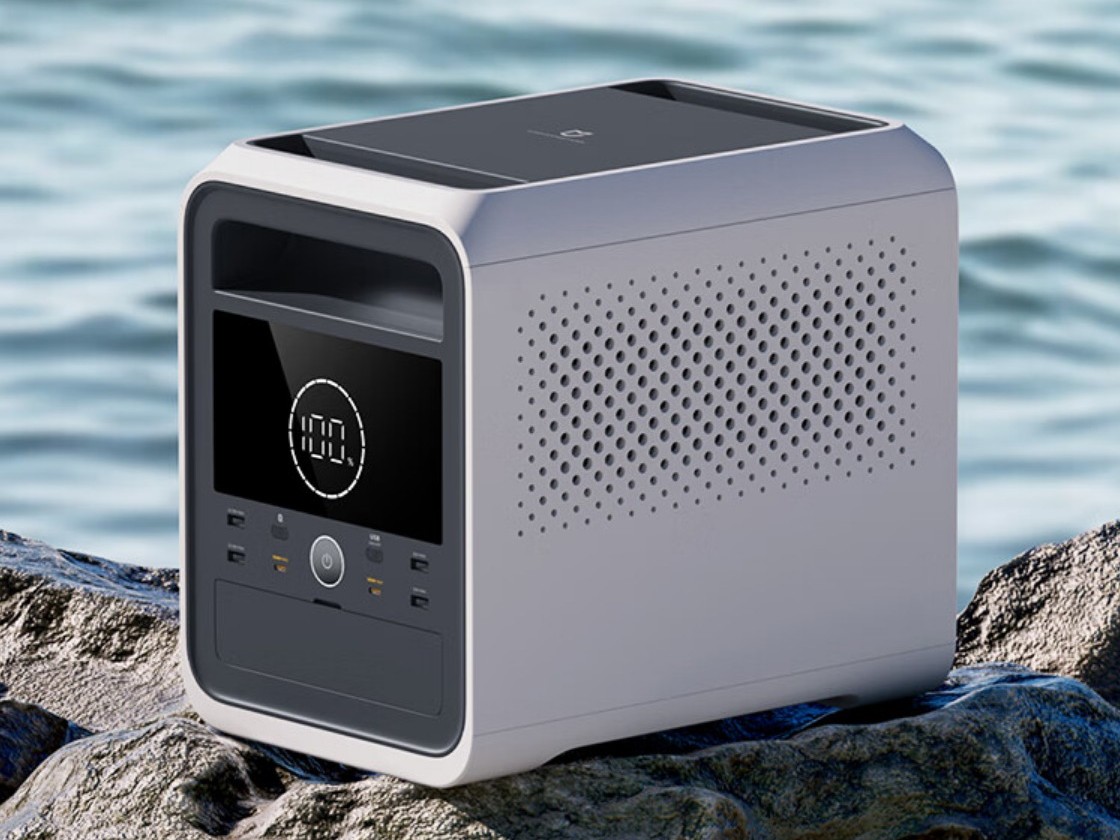“I’ve been an outdoor enthusiast for over a decade, and my gear collection is quite comprehensive. However, last month, a friend in my neighborhood needed to borrow my portable power source due to concerns about a potential power outage during some pipeline renovations in the area. They wanted to ensure they could power their refrigerator in case of an outage, especially because their mother relies on insulin that needs refrigeration.
But after the neighborhood renovations were completed, my friend didn’t return my portable power source. When I asked about it, they mentioned wanting to take it for a fishing trip before returning it.
A few days later, my friend sent me a video. In the video, they were fishing while showcasing various appliances like a small refrigerator and a sound system, all powered by my portable power source. They seemed quite pleased with their setup, giving off an air of satisfaction.
I said, ‘Didn’t you recently switch to an electric vehicle? You could use the car’s power source for outdoor activities.’
My friend replied, ‘Where can you find a parking spot right next to the fishing spot?’
I suggested, ‘Why not buy an outdoor power source for yourself?’
Their response was, ‘I’m concerned about its low utilization and potential safety issues. What if the lithium battery explodes? Let me borrow yours for now.’
I then offered, ‘How about I lend you my gasoline generator? You don’t have to return it.’
My friend jokingly remarked, ‘Are you trying to scare away all the fish?’ while giving me a playful look.
I couldn’t argue with that. If you’ve ever rafted down the Yulong River in Yangshuo or cruised along the Li River in Guilin, you’ll understand the difference between outdoor power sources and gasoline/diesel generators. It’s like comparing the noise of a new energy vehicle to a tractor’s engine.
The noise, refueling hassle, and bulkiness of generators led me to abandon them.
A few years ago, I acquired an outdoor power source, which I use alongside a camp stove. In situations where an open flame is not allowed or when I need to leave my vehicle for camping, photography, or other outdoor activities, the portable power source comes in handy.
So, how do you choose a ‘practical’ outdoor power source?
In my outdoor journey, I’ve tried various options, from power banks and in-car inverters to solar panels, diesel generators, gel batteries, specialized RV lithium iron phosphate batteries, and high-capacity portable power sources with different output power levels. While each has its pros and cons, the portable power source has proven indispensable in various scenarios.
Today, I’d like to share my experience with using portable power sources and offer some guidance to help you make an informed choice, potentially saving you from some trial and error.
A trustworthy outdoor power source should be evaluated based on several key factors:
1. Safety: Ensure the power source uses high-quality battery cells and has robust safety features like a Battery Management System (BMS) to prevent overcharging, over-discharging, and overheating.
2. Output Power: Consider the power source’s output capacity, especially if you plan to use it for high-power devices like refrigerators, cooking appliances, or power tools. Higher output power allows you to run more devices simultaneously.
3. Battery Capacity: The power source’s battery capacity determines how long it can provide power. Choose a capacity that suits your needs, keeping in mind that larger capacities come with increased size and weight.
4. Charging Efficiency: Look for a power source that supports fast charging to minimize downtime. Quick recharging is essential, especially if you rely on the power source frequently.
5. Port Variety and Quantity: Consider the types and number of output ports the power source offers. More ports, including AC outlets, USB, and USB-C, provide flexibility to charge various devices simultaneously.
6. Brand and Quality: Stick to reputable brands known for their quality and reliability. High-quality products often come with better safety features and customer support.
7. Expandability: Some power sources support additional battery packs or solar panel connections, extending their capacity and versatility.
8. Price: While price is a factor, it should not be the sole determinant. Assess your actual needs and evaluate the power source’s features before considering the cost.
In conclusion, choosing the right outdoor power source depends on your specific requirements and preferences. Remember that safety and quality should be your top priorities. As outdoor enthusiasts, we have the potential to drive the improvement of outdoor products, and the market is filled with possibilities.
If you genuinely need an outdoor power source, weigh all the factors mentioned above and make an informed decision. Enjoy your outdoor adventures with the right gear!”
